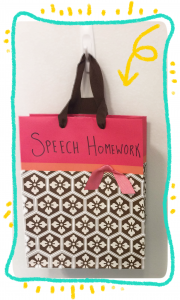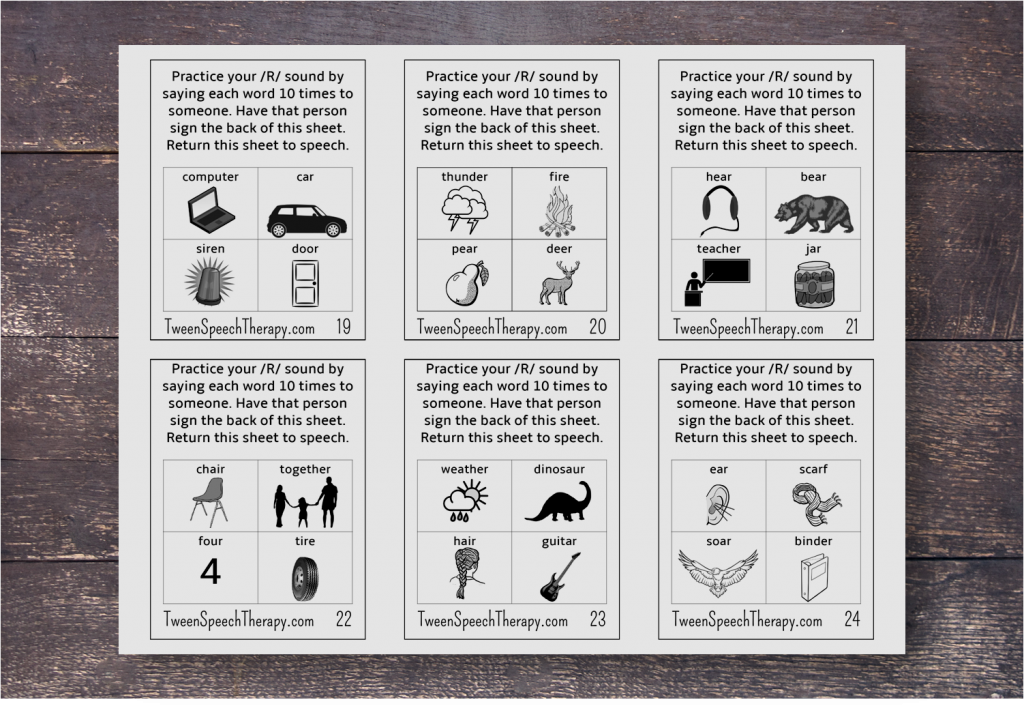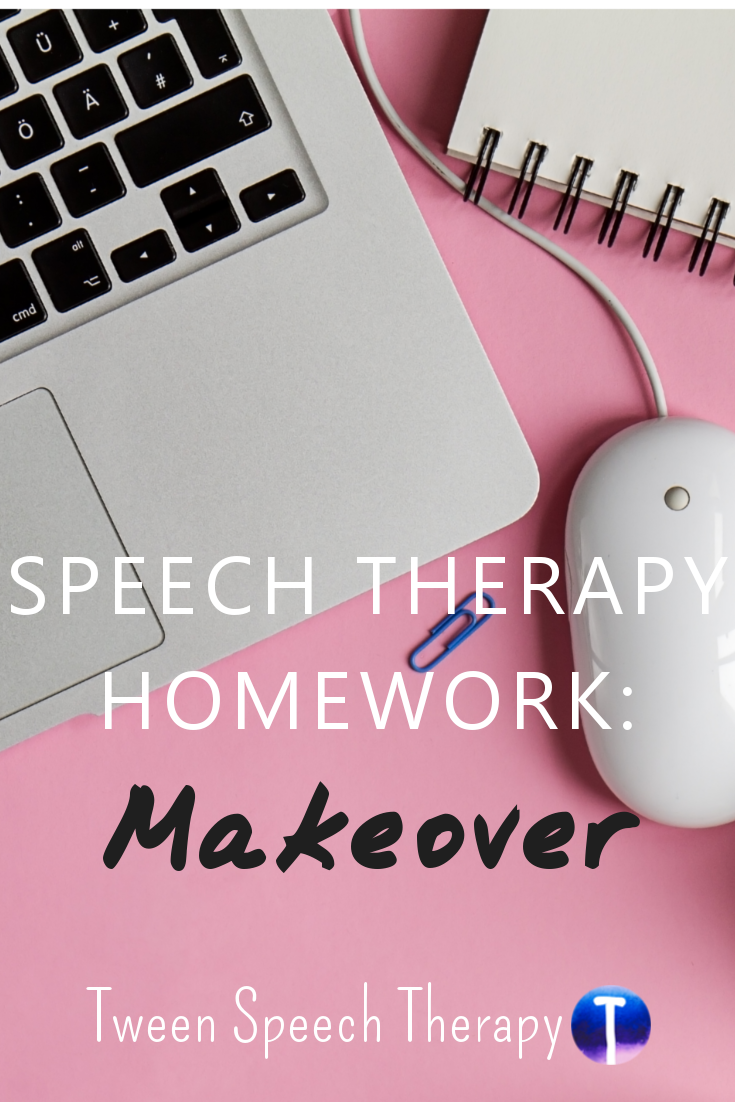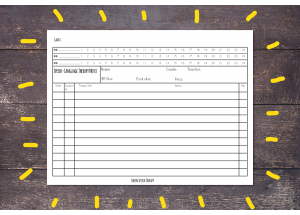Forget everything you think you know about speech therapy homework.
What happens in speech therapy shouldn’t stay in speech therapy.
Creating habits is the key to carryover. Habits are built on practice, with the goal that eventually a skill will become automatic. We know this, yet most of us in the schools are still hesitant to assign speech therapy homework. Many of us have tried sending homework at some point and, for one reason or another, the students didn’t do it.
Here’s what you need to know.
Do’s and don’ts of speech therapy homework
- Do give parents and teachers a heads up about why you’re assigning homework and what to expect.
- Do provide directions. I remember sending home a list of articulation practice words once, and hearing later that the student practiced them “in his head” without speaking.
- Don’t expect parents to buy things. While websites and apps are great for a lot of folks, not everyone has access to the Internet or an iPhone. You should have something on hand to send home that doesn’t require going online or making a trip to the store.
- Don’t make it too lengthy. Homework should be sent once or twice a week and maybe take 10 minutes max per assignment.
- Do make a note to yourself, when you assign homework. As you track therapy data and observe who is doing their homework, you’ll begin to get an idea of whether it is helping with carryover. Then you can keep making adjustments if needed. Here’s a free data sheet you can download.
No more disappearing speech homework
Put a bag outside your door so they can turn in their homework anytime (make sure you also write the student’s name on the homework sheet when you assign it).

Every few days, I transfer the homework into a large shopping bag that I keep in my room. That way, the small gift bag outside the door doesn’t fill up after a couple weeks.
Do you work with adolescent students? The problem you face is that most speech therapy homework is too babyish, while most of their curriculum materials are at too high of a reading level. Plus, they don’t want to be seen carrying papers that let everyone else know they go to speech therapy.
The less steps it takes to get the homework home, the better. Folders and backpacks can be black holes for homework. Things go in but they don’t always come out. If your student goes straight to gym class from the speech room, stuff can get lost before it ever makes it to the backpack.
Here’s the solution: Make your homework small enough to fit into a pants pocket, keep text simple and to the point, and use pictures that people of any age, including adolescents, can relate to. I typically divide a piece of paper into six homework sheets.

If your goal is for students to do their homework verbally, make the only written requirement that the parent or guardian signs the back. The main objective with the homework is to create awareness of what the child is working on and provide an opportunity for that skill to be practiced outside of the therapy room.
How to get kids excited about doing their homework
Who doesn’t love a prize? Consider offering prizes for homework completion in a way that’s similar to a raffle drawing. My students actually look forward to getting homework, because they might win something.
I fill a prize box with stuff from the dollar store. Only a few kids get a prize each week, so it’s very affordable. For the raffle, I just reach into a big shopping bag full of my students’ completed homework and pull out a homework sheet. Ta-da! Whoever that sheet belonged to is the winner. I do a few prize drawings each week, so that each group I see for therapy can watch me do a prize drawing once a week. For example, I might do a drawing on Monday with my 8 a.m. group, one on Tuesday with my 10 a.m. group, and so on.
I leave all of the completed homework in the shopping bag for a long time and let it accumulate. If someone doesn’t win one week, he still has a chance the following week because his name remains in the bag.
Why I love it
I would guess that before I started using this homework program, I maybe had 10-20% of my students returning their homework to me or giving me any sort of feedback about it. It was pretty rough…
I would guess that at least 60% of my students do their homework now! My students like the program so much that they remind me to give them a new homework sheet if I forget. I’ve never seen kids so excited about homework before.
Another benefit I noticed this fall is that my students came back to school and were able to remember what their goals were from last year! That never used to happen.
Free stuff!
You can download a free homework sample using the link below. Happy homeworking!
Want to watch a video about how to use pocket sized speech therapy homework?







 Amanda Dugan, MS, CCC-SLP is an ASHA certified speech-language pathologist. She works full-time as a school SLP in North Carolina. Amanda has experience serving as Lead SLP and has spent more than 10 years molding young minds. She’s provided speech therapy to all ages of children, from toddlers to teens, and especially enjoys "tweens".
Amanda Dugan, MS, CCC-SLP is an ASHA certified speech-language pathologist. She works full-time as a school SLP in North Carolina. Amanda has experience serving as Lead SLP and has spent more than 10 years molding young minds. She’s provided speech therapy to all ages of children, from toddlers to teens, and especially enjoys "tweens".











